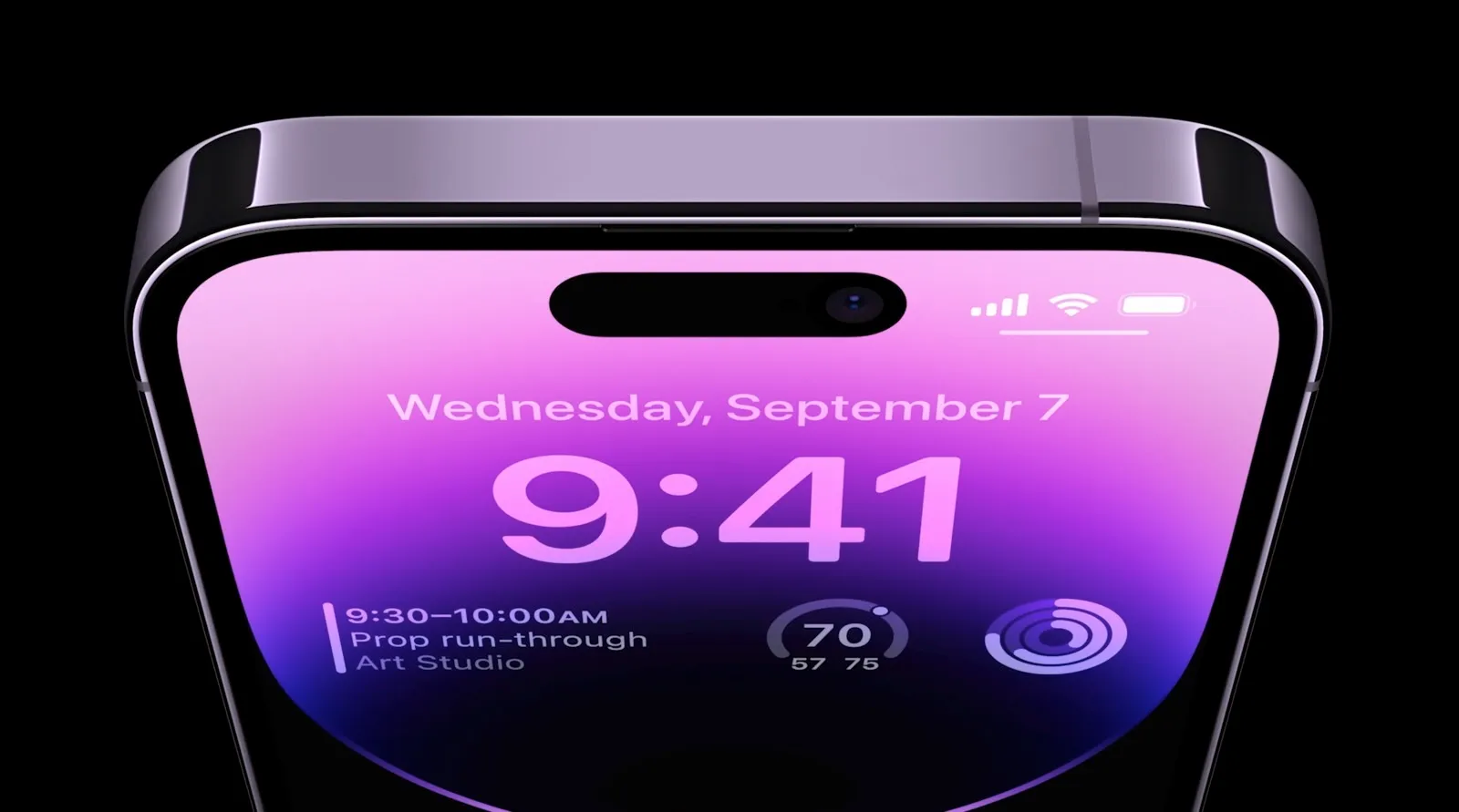Researchers and technologists have pushed the boundaries of mobile display technology by developing methods to project holographic images using iPhone screens. This innovative approach has potential applications in augmented reality (AR) and virtual reality (VR), enhancing user experiences by integrating 3D holographic displays directly into smartphones without the need for external hardware like AR glasses.
The research, led by Ryoichi Horisaki from the University of Tokyo, utilizes a technique called computer-generated holography (CGH). This method does not require lasers, traditionally used in holography, which are both costly and complex. Instead, it leverages an iPhone’s display and a spatial light modulator to create multi-layered, full-color 3D images. This advancement represents a significant step forward in making holographic displays more accessible and safer, potentially reducing costs and optical components necessary for such technologies.
Further fueling these advancements, Apple’s exploration into micro-LED technology suggests their commitment to evolving the iPhone’s display capabilities. Reports indicate that these micro-LED screens could soon support holographic content visible to the naked eye, pointing to a future where iPhones might not only display flat images but also project interactive 3D objects into the environment.
This technology not only enhances the way images are viewed on smartphones but also paves the way for new applications in fields such as virtual reality, medical imaging, and personalized communication. By allowing for realistic 3D visuals without the need for specialized hardware, it promises to make advanced holographic displays more accessible to the general public.
Researchers highlight that this method could drastically alter perceptions of mobile technology, potentially transforming how users interact with their devices. The integration of such technology into everyday smartphones could lead to new forms of interactive content and entertainment, blending digital experiences with the real world in seamless ways.
This integration of holographic technology into smartphones could revolutionize how we interact with media, offering new opportunities for gaming, education, and professional applications by providing a more immersive and interactive user experience.
As these technologies continue to develop, they promise to bring the futuristic concept of holographic communication and interaction into our daily lives, potentially making the next generation of iPhones the most advanced yet.







